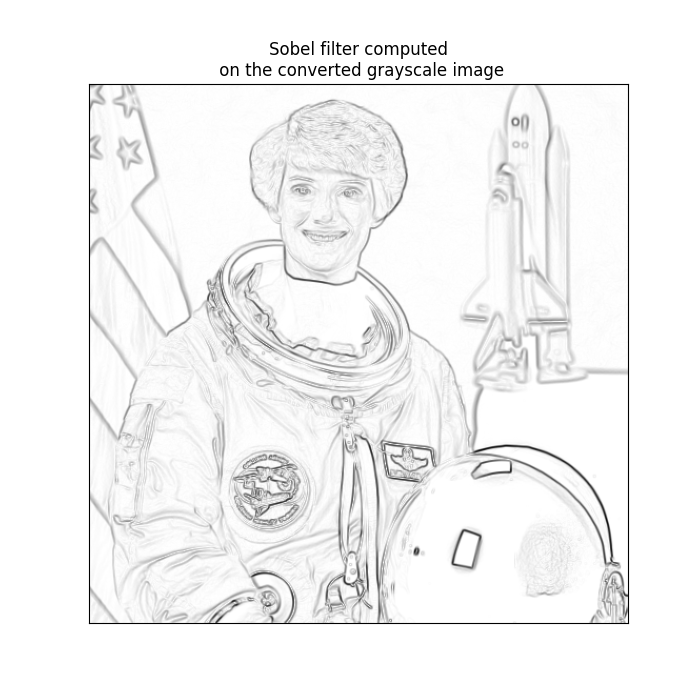Note
Go to the end to download the full example code or to run this example in your browser via Binder
Adapting gray-scale filters to RGB images#
There are many filters that are designed to work with gray-scale images but not
with color images. To simplify the process of creating functions that can adapt
to RGB images, scikit-image provides the adapt_rgb decorator.
To actually use the adapt_rgb decorator, you have to decide how you want to
adapt the RGB image for use with the gray-scale filter. There are two
pre-defined handlers:
each_channelPass each of the RGB channels to the filter one-by-one, and stitch the results back into an RGB image.
hsv_valueConvert the RGB image to HSV and pass the value channel to the filter. The filtered result is inserted back into the HSV image and converted back to RGB.
Below, we demonstrate the use of adapt_rgb on a couple of gray-scale
filters:
from skimage.color.adapt_rgb import adapt_rgb, each_channel, hsv_value
from skimage import filters
@adapt_rgb(each_channel)
def sobel_each(image):
return filters.sobel(image)
@adapt_rgb(hsv_value)
def sobel_hsv(image):
return filters.sobel(image)
We can use these functions as we would normally use them, but now they work with both gray-scale and color images. Let’s plot the results with a color image:
from skimage import data
from skimage.exposure import rescale_intensity
import matplotlib.pyplot as plt
image = data.astronaut()
fig, (ax_each, ax_hsv) = plt.subplots(ncols=2, figsize=(14, 7))
# We use 1 - sobel_each(image) but this won't work if image is not normalized
ax_each.imshow(rescale_intensity(1 - sobel_each(image)))
ax_each.set_xticks([]), ax_each.set_yticks([])
ax_each.set_title("Sobel filter computed\n on individual RGB channels")
# We use 1 - sobel_hsv(image) but this won't work if image is not normalized
ax_hsv.imshow(rescale_intensity(1 - sobel_hsv(image)))
ax_hsv.set_xticks([]), ax_hsv.set_yticks([])
ax_hsv.set_title("Sobel filter computed\n on (V)alue converted image (HSV)")

Text(0.5, 1.0, 'Sobel filter computed\n on (V)alue converted image (HSV)')
Notice that the result for the value-filtered image preserves the color of the original image, but channel filtered image combines in a more surprising way. In other common cases, smoothing for example, the channel filtered image will produce a better result than the value-filtered image.
You can also create your own handler functions for adapt_rgb. To do so,
just create a function with the following signature:
Note that adapt_rgb handlers are written for filters where the image is
the first argument.
As a very simple example, we can just convert any RGB image to grayscale and then return the filtered result:
It’s important to create a signature that uses *args and **kwargs
to pass arguments along to the filter so that the decorated function is
allowed to have any number of positional and keyword arguments.
Finally, we can use this handler with adapt_rgb just as before:
@adapt_rgb(as_gray)
def sobel_gray(image):
return filters.sobel(image)
fig, ax = plt.subplots(ncols=1, nrows=1, figsize=(7, 7))
# We use 1 - sobel_gray(image) but this won't work if image is not normalized
ax.imshow(rescale_intensity(1 - sobel_gray(image)), cmap=plt.cm.gray)
ax.set_xticks([]), ax.set_yticks([])
ax.set_title("Sobel filter computed\n on the converted grayscale image")
plt.show()

Note
A very simple check of the array shape is used for detecting RGB
images, so adapt_rgb is not recommended for functions that support
3D volumes or color images in non-RGB spaces.
Total running time of the script: (0 minutes 2.422 seconds)